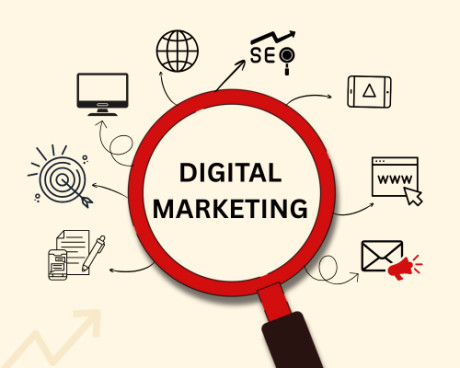
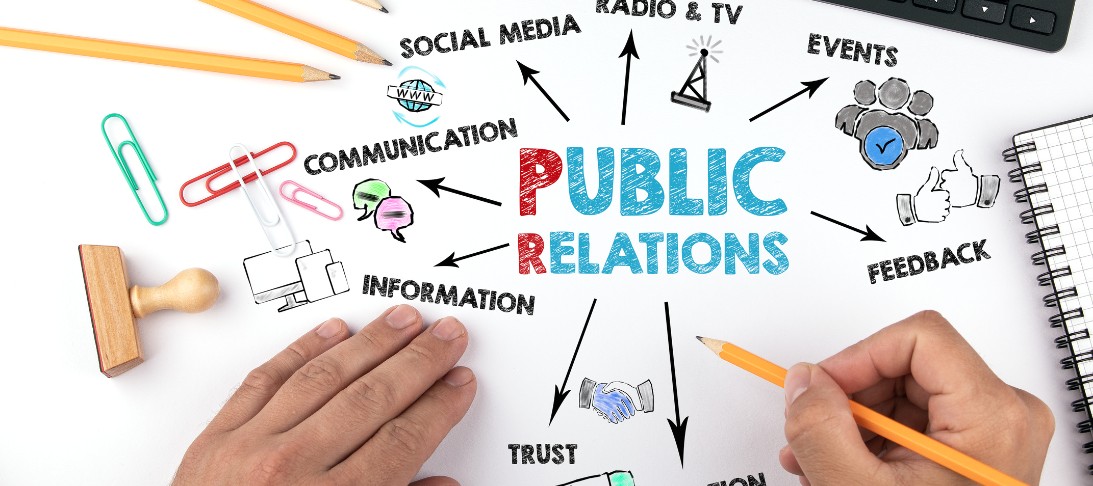
How Indian startups can maximise the ROI of their PR budgets
The Indian economy is
on the rise, and it is being reflected in the increasing number of startups in
India. Driven with innovation and supported by policy reforms, India has
quickly become the 3rd largest startup ecosystem globally, with over 1.12 lakh
startups operating till October 2023. The number of unicorns has also increased
in India in the last decade (111 till October 2023), with 45 of them emerging
in 2021, and 22 in 2022. As the Indian business domain becomes more accessible
and supportive, it has also highlighted a growing requirement for Public Relations (PR)
activities for startups, but many of them simply cannot afford a
sizable budget for it.
The majority of Indian
startups often operate in a bootstrapped model and are faced with numerous challenges
in their initial years. However, entrepreneurs are increasingly understanding
the critical role played by PR activities
that support their businesses in the long term and are integrating PR into
their budgetary decisions. Once overshadowed, the role of PR to ensure the
success of startups cannot be disavowed any longer. Latest statistics also
support this claim, which reveals that almost 10% of startups fail in their
first year of operation, while only one out of 10 startups survive the first
decade. To ensure success, Indian startups can strategically align their PR
budgets to maximise the ROI in some simple steps.
Coming Up With a Strategic Narrative
While finalising the PR
budget for a quarter, or longer, businesses must come up with a strategic narrative
that aligns itself with the brand’s growth and establishes a meaningful and
interactive dialogue with the target audience. The PR
professionals spearheading the PR efforts must understand the
criticality of communicating with the target audience through a strategic
narrative. Meaningful and interactive dialogue between the brand and its
community of prospective customers offers ensemble trust and loyalty, creating
a large consumer base that stays true to its products. Furthermore, the
strategic narrative must also be versatile while catering to different
stakeholders; the media, employees, customers, competitors and others have
different concerns regarding the brand and similar outreach programs will have
adverse effects on the brand’s identity and public perception.
For example, when Tata
Motors launched its 'Karo Life Control Mein' campaign, it aimed to cater to
businesses through its commercial vehicles by enabling them to raise the
efficiency of their logistics requirements. At the same time, it scripted an
image of Made in India trucks for the general public, innovative and efficient
design to the media and a powerful disruptor to the industry to its
competitors. While Tata Motors is far from being a startup, Indian
entrepreneurs can surely replicate the strategic effort put into this
particular PR campaign by
aligning it to their business needs.
Establishing A Robust Crisis Communication Protocol
As mentioned earlier,
10% of startups fail in the first year of their existence. This is often because
of their inability to identify potential challenges and lack of an action plan
to address them. Crisis communication should be identified as one of the most
important aspects of a brand while finalising the PR budgets, as it increases
startups’ odds of becoming successful several times. In today’s digital domain,
damaging narratives are crafted every moment which can become challenging
issues if left unaddressed. A crisis communication protocol not only addresses
potential crises when they arise but also identifies areas of concern and
offers brands an intimation before it becomes an issue.
For example, when the
popular FMCG brand Nestle faced a crisis with its Maggi Noodles in 2015, the
first step the company took was to recall it from the market. Subsequently, the
company initiated a comprehensive PR campaign
focusing on informing customers about their product recall and successive
measures to enhance the quality. This strategy worked wonders for Nestle to
address the crisis.
Using Podcasts as Innovative Branding Components
Social media has
evolved much in the last decade and presently, podcasts are the talk of the
town. This innovative new-age media tool is present across sectors and speaks
about companies, products, events and a diverse range of topics. For
bootstrapped Indian startups, podcasts offer a great way to connect with the
general population in a meaningful and interactive way, while promoting the
brand, its mission, vision, and solutions. Podcasts can be done in-house or
with influencers who have a religious following of a hyper-focused audience
base. This also helps in promoting brand spokespersons (Founder, CEO or MD) as
industry thought leaders, leading to raised awareness regarding the brand, and
improving credibility.
There are several podcasts
out there that have done tremendous work in their respective domains, and have
been influential to drive brand stories across India and the world.
Conducting Periodic Events
While today’s society
is hyper-focused on social media, physical events are still highly successful PR tools for startups.
Physical interactions with prospective customers often provide better results
than social media campaigns, and these can be ideal solutions for the
bootstrapped nature of startups. Events can be used strategically to highlight
company culture, products, milestones and even to attract prospective
customers. Events are often visited by media personnel, which improves the
chance of being featured in a favourable story on news platforms online and
offline. These exercises tend to attract all stakeholders towards the business
positively, and meaningful interactions lead to establishing a robust brand
perception among target audiences.
Most Popular Blogs
Newsletter
Categories
Related Articles

5 Reasons Why Investor Relations is Important for a Successful IPO
22 September 2025 / Admin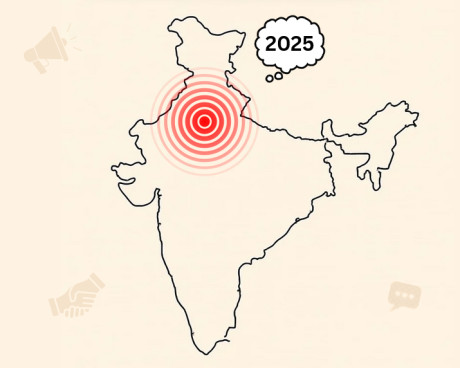
Transformative Impact: Role of PR agencies in Delhi in reshaping India’s PR landscape in 2025
01 February 2025 / Admin
Revolutionize Your PR: Strategic Campaigns that Drive Success
19 December 2024 / Admin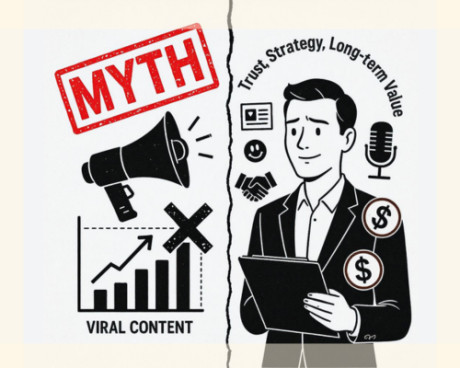
Busting Myths: PR is not a sales machinery nor a tool to make you viral
08 August 2024 / Admin
Why startups should avoid influence of AI in their PR efforts
16 July 2024 / Admin
Impact of Narrative-Driven Public Relations On Brand Positioning
21 June 2024 / Admin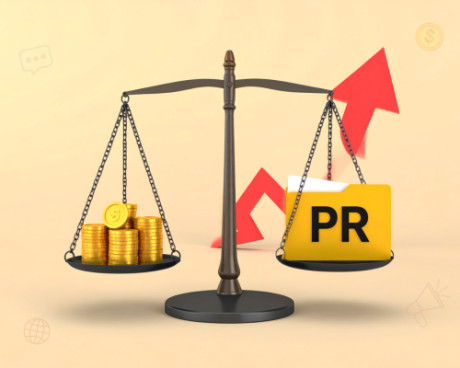
3 Tips For Bootstrapped Tech Startups to Leverage PR in Fundraising
15 June 2024 / Admin

